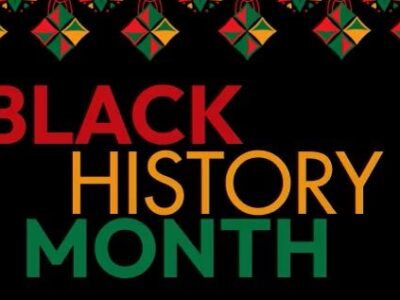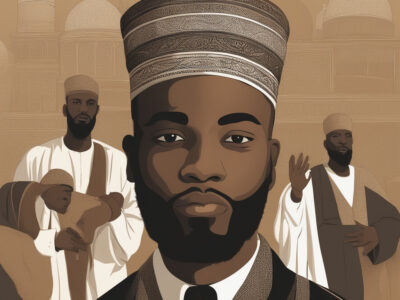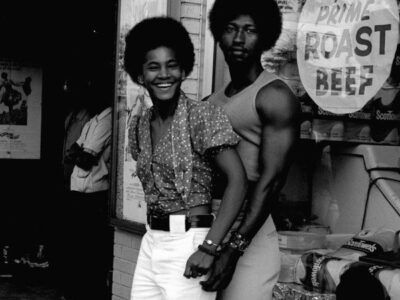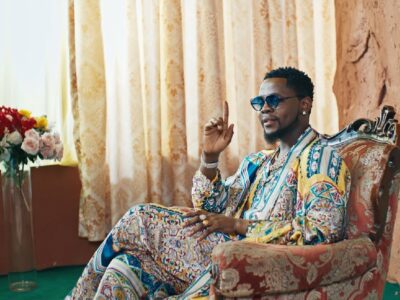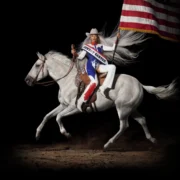Generation Black TV - Live
--- Main Blog Content Below ---
Imagine being a young person going to the university and living in a country that is run by a government that is promoting racial oppression.
That seems unimaginable today but from 1948 to the early 1990s, young people in South Africa and Namibia were living under apartheid.
This was an institutionalized political system that was used to separate white and black South Africans.
Like you today going to the university, Ivan Kadey in the late 1970s was an architecture student in Johannesburg, South Africa.

Ivan Kadey Guitar player and songwriter
When the now 70-year-old Guitar player and songwriter met brothers Gary and Punka Khoza, he had no intention of forming South Africa’s first multiracial punk band.
But from the moment he met the two brothers they stroked a chord during a series of jam sessions in an underground commune.
Ivan Kadey was a Jewish orphan born in Johannesburg while Gary and Punka, and their family were forcibly moved to Soweto township under the policy of apartheid.
You might freely be able to start a multiracial music band today at your university, but starting one at the time was a crime punishable by apartheid discriminatory laws.
These are the kind of political conditions South Africa’s first multiracial punk band was born.
“Just getting up and making music together was a political statement,” says Kadey who is now living in Los Angeles.
A new documentary film dubbed This is National Wake by Mirissa Neff traces the rise and fall of South Africa’s first multiracial punk band.
The African-American first-time filmmaker whose work centers around themes of race, music, and the power of images to help people imagine new collective futures tell the story of the band that was dubbed “the band that defied apartheid,” whose members risked everything to taste freedom.
Simply standing and performing for a non-racist and peaceful South Africa was a political statement punishable by the laws that the group of three students who were later joined by guitarist Steve Moni was making at the time.
When the band was started, Ivan Kadey had a perfect name for this gang of outlaws students: National Wake.
At that time South Africa was being ruled by the right-wing National Party. By calling themselves National Wake, they were calling their country to wake up from the nightmare of segregation and were promising to celebrate its demise.
“We said, ‘Let’s dance on the corpse of apartheid”, notes Kadey.
“The name was purely an agitprop statement, as was the composition of the band.
Formed in 1979, National Wake recorded just one album before disbanding in 1982 under pressure from police harassment.
Now the story of their short, tumultuous existence is being told in a new documentary dubbed This is National Wake which premiered at Sheffield doc fest 2022.
Director Mirissa Neff argues that the band’s story continues to resonate powerfully today.
She says that the band came out of a certain moment in history during a police state government and they turned all these horrible and inhuman things that were happening into something beautiful.
“These were people who were even supposed to be together but formed across racial lines for the love of music when it was illegal to do it. I find that admirable”, concludes the first time-filmmaker.


